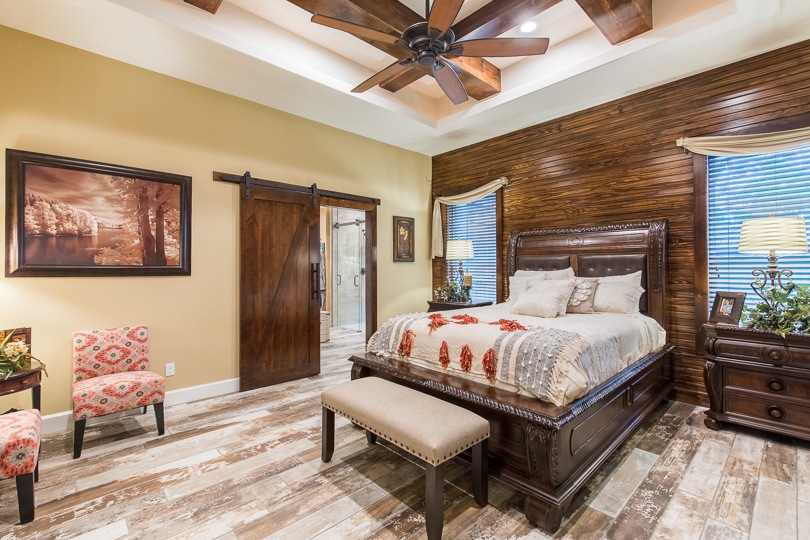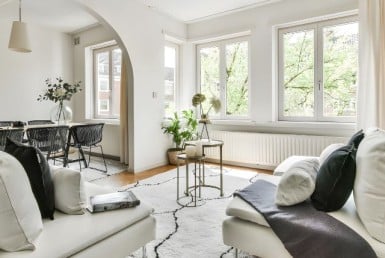The Dirty Truth About Clean Indoor Air
It’s natural for people to think that the air in their home is cleaner than the air outside. After all, outside you have dust, pollution, allergens, and dangerous emissions from cars and factories, to name a few filthy reasons. If you agree with that thought, you would be wrong. Here’s the dirty truth.
SOME SHOCKING FACTS
According to the Environmental Protection Agency (EPA), the air pollution in your home can be from two to five times higher than outdoors, and the top five air quality problems are indoor air issues. The World Health Organization (WHO) reported that almost 4 million people a year die from indoor air pollution—a shocking figure for sure. How is this possible, you say? Well, there are many factors that account for unhealthy indoor air. One main factor being the fact that we are talking about a confined space—your home. A place in which you spend almost 90% of your time. If you are breathing in the average amount of 2,000 gallons of air per day, and you have unhealthy indoor air in your home, there will undoubtedly be unhealthy consequences over time.
WE ARE WHAT WE BREATHE
A few of the main causes of air pollution in the home include excess moisture, combustion products, volatile organic compounds (VOCs), tobacco smoke, and the wide range of household products available on the market today. Another major factor is the quality of the home’s construction. According to the EPA, a typical home has about a ½ mile of cracks and gaps throughout. That’s a large area for dust, allergens, and other pollutants to enter a home. And sealing those cracks to make the home’s envelope tighter–while a good thing–can make matters worse if a proper air ventilation system is not installed. Think of a home as having lungs—and it needs to breathe fresh air continuously to stay healthy.
How do you know if the indoor air quality in your home is unhealthy? For some, there are immediate health effects that include irritation of the eyes, nose, and throat, or headaches. Long term effects can be more drastic and include respiratory diseases, heart disease, or cancer. Indoor air quality is not something you can see, so too often it isn’t even on the mind of the homebuyer. But with all the facts you read here, you can see why it should be a top priority when shopping for a new home.
WHAT YOU CAN DO TO PROTECT YOURSELF AND YOUR FAMILY
Make asking about the air quality you should expect in your new home a priority. Be prepared, because no one is going to tell you that the air quality will be bad, or less than good. The best question to ask is if the home is certified in a high-performance home program like the BUILT TO SAVE® program—then ask to see the certificate. Builders who certify their homes in the BUILT TO SAVE® program use independent, third-party home energy raters who inspect the home while under construction, and test the home upon completion to ensure that among many other requirements, it is properly sealed with tight construction and has a proper ventilation system.
One builder in the Rio Grande Valley who goes above and beyond to ensure homebuyers enjoy the best indoor air quality is Divine Custom Homes. Builder Olga Treviño includes the Indoor airPLUS certification in every home she builds. This companion label to the ENERGY STAR® certification requires builders to comply with a host of construction practices and technologies focused on achieving the highest quality of indoor air. “We value our customers’ health as we do our own,” says Olga. “Knowing we are providing them with a comfortable, healthy home that has been sealed correctly and has a properly sized HVAC system with an effective whole-house ventilation system to remove indoor pollutants gives, not just them, but us too, a satisfying and Divine peace of mind.”
Go to www.BuiltToSave.org for more information on the BUILT TO SAVE® program and to find a builder enrolled in the program. For more information on the Indoor airPlus certification, visit www.epa.gov/indoorairplus.
© RGV New Homes Guide, 2020. Unauthorized use and/or duplication of this material without express and written permission from this site’s author and/or owner is strictly prohibited. Excerpts and links may be used, provided that full and clear credit is given to RGV New Homes Guide with appropriate and specific direction to the original content.





